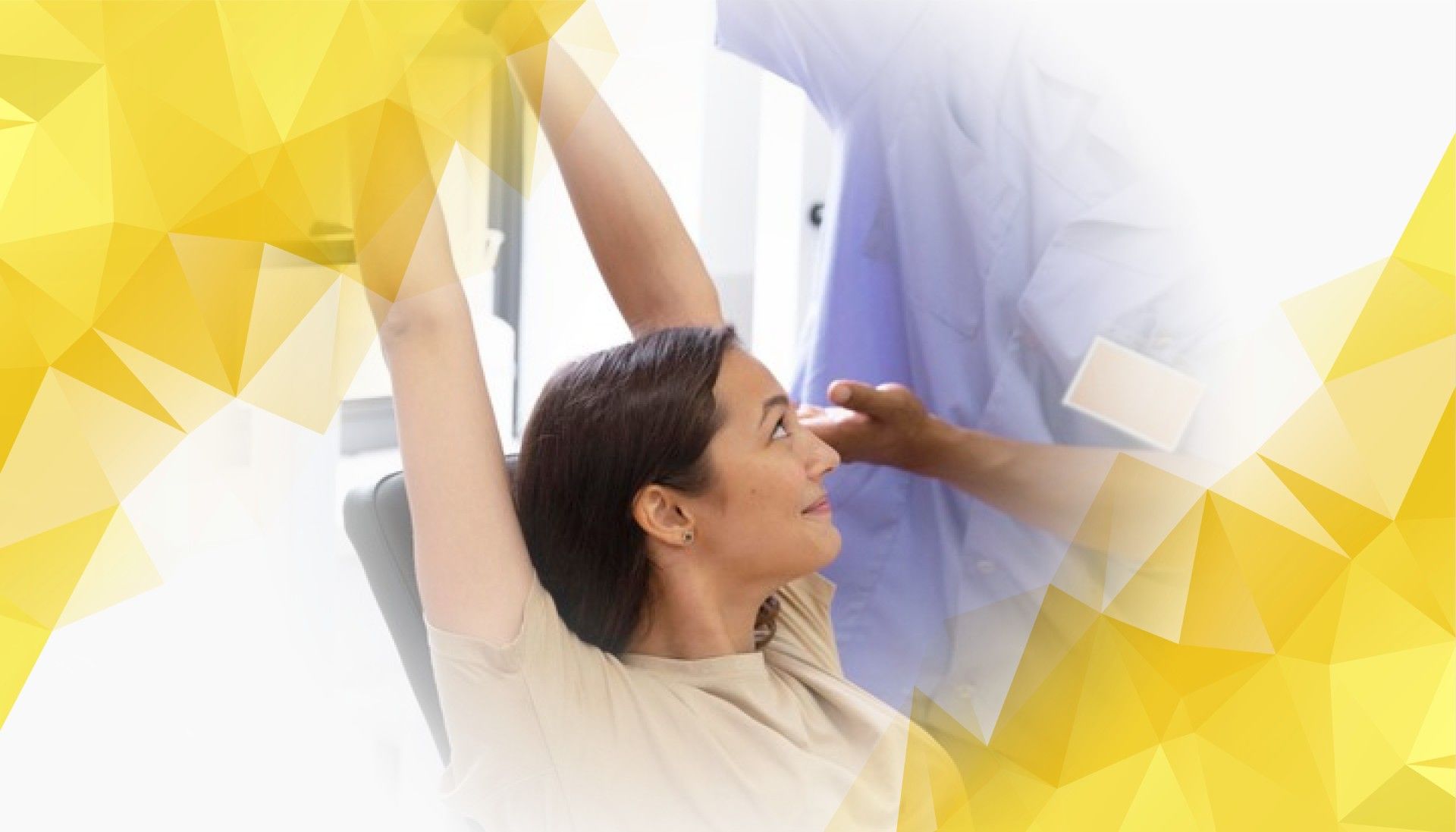Introduction: The New Era of Motion Capture
Motion capture technology has revolutionized how we study and understand human movement . Traditionally, these systems required users to wear physical markers, which could be uncomfortable and sometimes interfered with natural motion. MAI Motion is changing the landscape by using artificial intelligence to capture movement completely marker-free. This breakthrough approach makes motion analysis easier, less intrusive, and opens new doors in healthcare, sports, and rehabilitation . In this article, we’ll explore the smart algorithms and biomechanical science that drive MAI Motion —and how this AI-powered technology is transforming the way we analyze human movement .
Understanding the Science: Bringing Biomechanics and AI Together
MAI Motion works at the intersection of biomechanics—the study of how muscles, bones, and joints work together—and state-of-the-art artificial intelligence. It also leverages kinematics, which focuses on describing motion without worrying about the underlying forces. By combining these sciences with sophisticated AI algorithms, MAI Motion can transform ordinary video into detailed measurements of how joints move and how the body functions. Thanks to advanced machine learning , this system can interpret the complex ways that people move and translate them into clear, reliable data. Recent studies show that this markerless approach can match or surpass the accuracy of traditional systems that rely on physical markers, especially when used in clinical environments with standard RGB cameras.
How MAI Motion Captures and Analyzes Movement
So, how does MAI Motion actually work? The process begins with cameras that film people moving—either with everyday devices like smartphones or more advanced cameras that also capture depth. This video data is processed by specially trained AI models, designed to identify useful information and filter out noise or errors. To keep things practical and efficient, MAI Motion uses a three-repetition protocol: users perform the same movement three times, striking the right balance between accuracy and user comfort. Techniques like Principal Component Analysis (PCA) help extract the most meaningful features from motion data, with results that can be automatically summarized for clinical reports. The accuracy of these measurements is rigorously validated through metrics such as mean absolute error, ensuring the results are trustworthy and clinically relevant.
Real-World Benefits: Advancing Diagnosis and Rehabilitation
MAI Motion isn’t just impressive technology—it delivers real benefits for both patients and clinicians. Precise tracking of movements and joint angles is crucial for diagnosing conditions like osteoarthritis or balance disorders. Because MAI Motion requires no markers, assessments are more comfortable and natural. Clinicians get detailed, objective data, helping them design tailored treatment plans and monitor progress during rehabilitation. For example, physical therapists can use accurate movement data to fine-tune exercises, supporting faster and more effective recovery. The system also enables identification of important clinical biomarkers, such as specific motion patterns in the knees and elbows during activities like squats or sit-to-stands, giving healthcare professionals deeper insights into a patient’s condition.
Decoding Movement: The AI Behind MAI Motion
Artificial intelligence is the powerhouse behind MAI Motion ‘s capabilities. Using deep learning techniques, the AI analyzes both spatial details (the arrangement of body parts) and temporal patterns (how movement changes over time) in video frames. It’s a bit like assembling a 3D puzzle where each frame adds a new piece. This allows MAI Motion to recognize even subtle movement details that might be missed by older systems. By integrating biomechanical expertise with these cutting-edge AI methods, the technology generates a rich, accurate picture of how we move.
A System for Today: Clinical and Remote Applications
MAI Motion’s practical design is a big part of its appeal. The three-repetition protocol keeps evaluations efficient and user-friendly—especially important for patients with pain or limited mobility. Its flexibility means motion analysis isn’t limited to specialized labs: clinicians can use it in everyday healthcare settings or even monitor progress remotely. This opens up new options for patients to receive timely adjustments to their therapy, wherever they are. Reliability remains high outside controlled environments—so MAI Motion is ready for the challenges of real-world healthcare. Clinicians can track progress over time, monitor rehabilitation, or catch early signs of movement disorders, providing better care with less hassle.
Looking Ahead: The Future of Motion Analysis
In summary, MAI Motion is a groundbreaking step forward in human movement analysis . By fusing AI-driven algorithms with biomechanics, it provides a markerless, efficient, and clinically invaluable way to track and understand motion. As technology keeps advancing, we’ll see even smarter systems and wider applications—from elite sports to daily rehab routines. The blend of artificial intelligence and biomechanical science promises to unlock new insights into human movement and improve quality of life for people everywhere.
References
Armstrong, K., Zhang, L., Wen, Y., Willmott, A. P., Lee, P., & Ye, X. (2024). A marker-less human motion analysis system for motion-based biomarker identification and quantification in knee disorders. Frontiers in Digital Health. https://doi.org/10.3389/fdgth.2024.1324511

